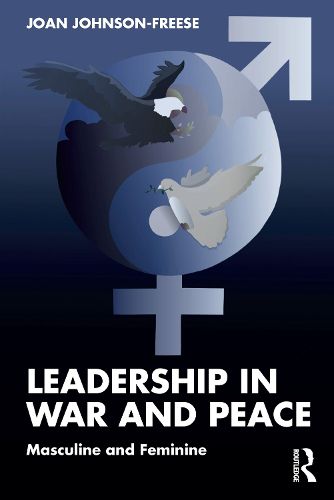Readings Newsletter
Become a Readings Member to make your shopping experience even easier.
Sign in or sign up for free!
You’re not far away from qualifying for FREE standard shipping within Australia
You’ve qualified for FREE standard shipping within Australia
The cart is loading…






This book offers a gendered perspective on leadership in war and peace, considering leadership in its complexity and presenting a practical examination of both leadership successes and failures.
The work challenges readers to think through and discuss specific aspects of leadership, including how and why leadership diversity matters and the ethical challenges presented by the revolving door of the military-industrial complex. Further, leaders responsible for decisions involving war and peace must be able to understand, appreciate, and communicate effectively with everyone they work with and have a repertoire of leadership styles to use depending on context. The book represents an excellent tool for developing such skills, as it uniquely considers leadership through both male and female lenses, along with the experiences and perspectives of multiple military, government, and industry leaders interviewed by the author, making it both relatable and informative.
This book will be of much interest to students of gender studies, leadership studies, defense studies, and military studies in general, as well as military and security practitioners.
$9.00 standard shipping within Australia
FREE standard shipping within Australia for orders over $100.00
Express & International shipping calculated at checkout
This book offers a gendered perspective on leadership in war and peace, considering leadership in its complexity and presenting a practical examination of both leadership successes and failures.
The work challenges readers to think through and discuss specific aspects of leadership, including how and why leadership diversity matters and the ethical challenges presented by the revolving door of the military-industrial complex. Further, leaders responsible for decisions involving war and peace must be able to understand, appreciate, and communicate effectively with everyone they work with and have a repertoire of leadership styles to use depending on context. The book represents an excellent tool for developing such skills, as it uniquely considers leadership through both male and female lenses, along with the experiences and perspectives of multiple military, government, and industry leaders interviewed by the author, making it both relatable and informative.
This book will be of much interest to students of gender studies, leadership studies, defense studies, and military studies in general, as well as military and security practitioners.